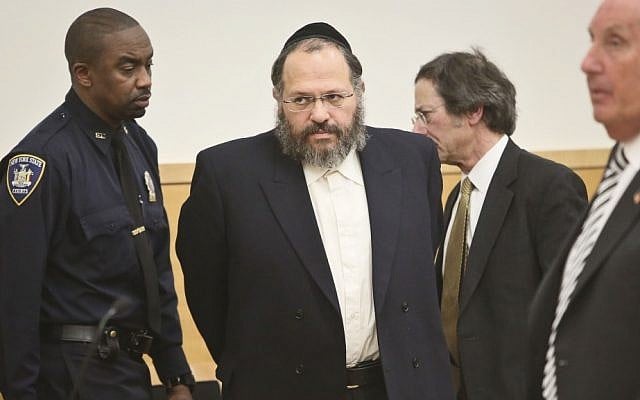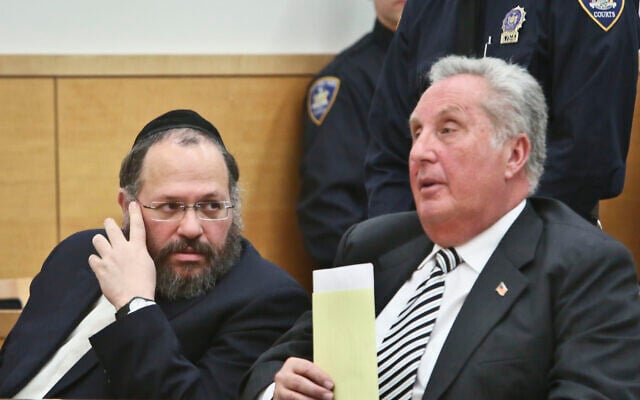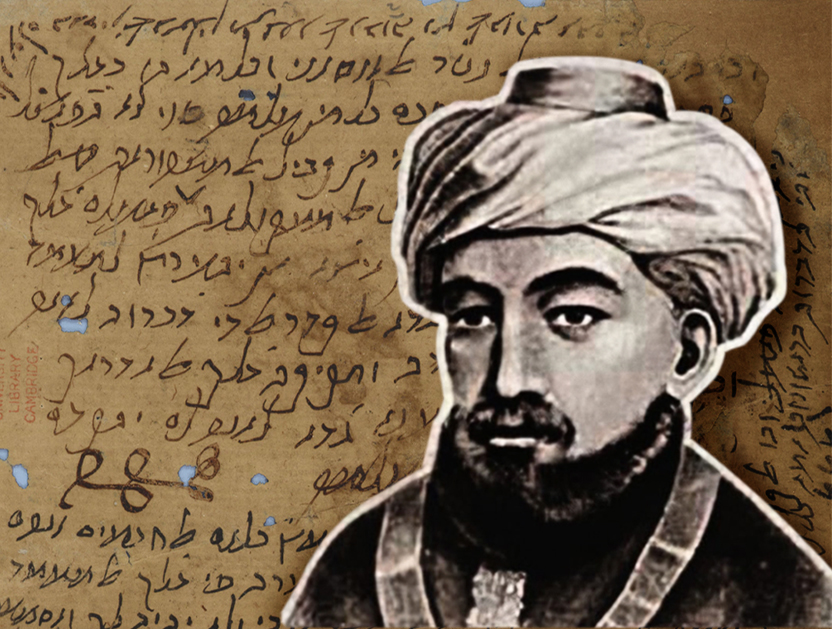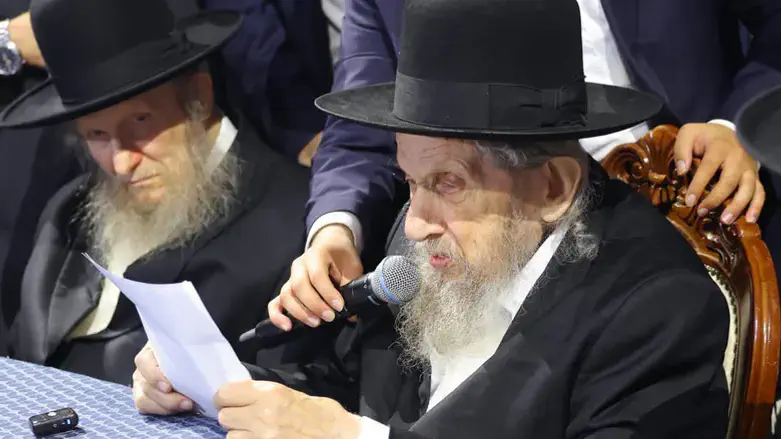What Many “Jewish Academics” Have in Common With Yasser Arafat
The Obsession With Separating Judaism From Zionism
There is a peculiar spectacle unfolding in Western intellectual life: a cadre of self-described Jewish academics straining, contorting, and moralizing to separate Judaism from Zionism with an intensity that would make Yasser Arafat nod in recognition. They insist—often loudly, always sanctimoniously—that Zionism is a political corruption of a “pure” Judaism, that Jewish national self-defense is a betrayal of Jewish ethics, and that Jewish sovereignty is a historical accident best apologized for, dismantled, or indefinitely placed on moral probation.
They present themselves as courageous dissenters. In reality, they are recycling an old political strategy—one perfected by Arafat and the PLO—now repackaged in the language of seminars, journals, and keynote lectures.
The strategy is simple: deny the Jewish peoplehood claim without denying Jewish existence. Accept Jews as a religion. Reject Jews as a nation. Grant Jews prayers—but not borders. Memory—but not sovereignty. Mourning—but not self-defense.
That is the shared ground.
Arafat understood something that today’s academic anti-Zionists pretend not to: you don’t need to attack Judaism head-on to delegitimize Israel. You merely need to sever Judaism from Jewish peoplehood. Once Jews are reduced to a private faith community—no different than Quakers or Unitarians—the entire Zionist project collapses under its own weight. No nation. No homeland. No army. No claim to self-determination.
Arafat said it openly. Jews are a religion, not a people. Palestine, therefore, belongs to Arabs alone.
Today’s Jewish academics say it politely. Jews are a religion, not a people. Zionism, therefore, is a colonial intrusion.
Same logic. Different accent.
Where Arafat used revolutionary rhetoric, the modern academic uses moral vocabulary. “Universalism.” “Ethics.” “Human rights.” “Decolonization.” These words are wielded not to protect Jews, but to discipline them.
The Jewish state is judged by standards no other nation is required to meet. Jewish self-defense is treated as aggression. Jewish history is reduced to metaphor. Jewish trauma is acknowledged—briefly—before being dismissed as insufficient justification for sovereignty.
And crucially, Jewish power is treated as obscene.
This is the tell.
The discomfort is not with nationalism per se—these same academics routinely excuse or romanticize Palestinian nationalism, Kurdish nationalism, or any nationalism deemed sufficiently “subaltern.” The discomfort is with Jewish nationalism succeeding.
To sustain this position, these academics invent a Judaism that never existed: diasporic, powerless, ethically pristine, and politically inert. A Judaism that prays but never governs. Argues but never fights. Suffers but never wins.
This fantasy Judaism bears no resemblance to Tanach, to Chazal, to medieval Jewish governance, or to modern Jewish history. It is a Judaism tailored for Western approval—safe, aesthetic, and permanently dependent.
In this fantasy, Jews are allowed to exist only as symbols.
Zionism shatters that illusion by insisting Jews are a living people with a land, a language, an army, and the moral burden of power. That burden terrifies academics far more than antisemitism ever has, because it destroys their self-image as enlightened custodians of Jewish conscience.
There is also a darker incentive at work: disavowal as self-protection.
For generations, Jews learned that visibility invites danger. Some academics have internalized this lesson not by hiding their Jewishness, but by weaponizing it against Jewish sovereignty. They present themselves as “the good Jews”—the Jews who apologize, who distance themselves, who reassure the powerful that Jewish power will never threaten moral comfort.
Arafat understood this dynamic perfectly. He cultivated Jewish allies who could speak against Israel with Jewish credibility. Today’s academics continue that tradition, whether they admit it or not.
When Hamas butchers civilians, they rush to contextualize. When Israel responds, they rush to condemn. When Jews are murdered, they mourn cautiously. When Israel defends itself, they moralize aggressively.
This asymmetry is not accidental. It is ideological.
To separate Judaism from Zionism, one must amputate Jewish history. One must pretend exile was voluntary, that return is unnatural, and that Jewish longing for Zion is a poetic metaphor rather than a political reality stretching back three thousand years.
One must ignore that Jews prayed toward Jerusalem, legislated for sovereignty, and never once imagined exile as ideal. One must rewrite Jewish survival as evidence against Jewish self-determination.
This is not scholarship. It is theology in academic drag.
And like all bad theology, it requires heresy trials. Jews who refuse the separation—who insist Zionism is not a betrayal of Judaism but its historical consequence—are labeled extremists, ethnonationalists, or worse.
Arafat called them occupiers. The academy calls them immoral.
This debate is not abstract. On October 7, the fantasy collapsed. Jews were slaughtered not for Israeli policy debates, but for existing as Jews in their ancestral land. The response from many Jewish academics was not outrage, but equivocation.
That should have ended the argument.
If Zionism were merely a political choice, antisemitism would distinguish between Zionist and non-Zionist Jews. It does not. It never has.
Those who still insist on separation after October 7 are not naive. They are committed.
The final irony is this: the very academics who claim to be protecting Judaism are actively hollowing it out. A Judaism stripped of peoplehood, land, memory, and responsibility is not a moral triumph. It is a museum artifact.
Arafat wanted Jews dissolved into history. These academics want Jews dissolved into ethics.
Both deny the same truth: Judaism without Zionism is not Judaism as it lived, survived, or understood itself. It is Judaism as others find it most convenient.
And Jews have already lived through the consequences of being convenient.
Enough.
Zionism is not a deviation from Judaism. It is Judaism refusing to die quietly.
 |
REPUBLISHED
|























